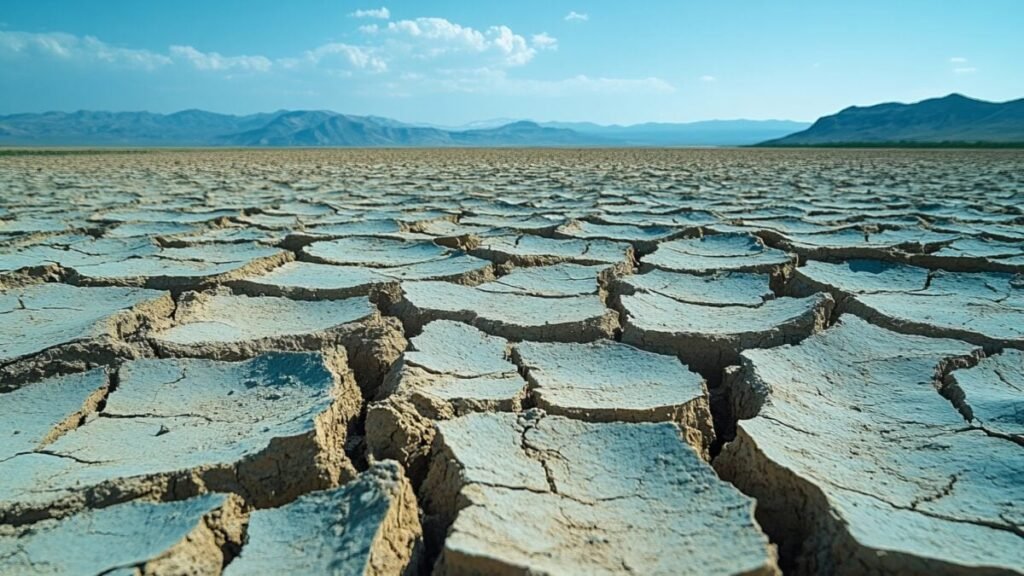“The “Zero Day” Droughts: The Scientific Warning of an Impending Global Water Crisis”

Water, a vital resource for life, is under increasing threat. A review published in Nature Communications warns of the arrival of the so-called “Day Zero Droughts” (DZD), episodes in which local demand far exceeds the availability of surface water. Researchers project that these crises, associated with climate change and excessive consumption, could affect hundreds of millions of people by the end of this century.
## What are “Day Zero” droughts?
The concept describes a scenario in which factors such as reduced river and reservoir flow and sustained consumption increase converge. The result is a mismatch between supply and demand that leaves entire communities without access to water. According to the study, around 35% of vulnerable regions will experience their first DZD in just 15 years.

## Critical areas and at-risk populations
The authors identified high-risk areas in the Mediterranean, southern Africa, and parts of North America. Agricultural regions in India, Australia, and China could also suffer severe impacts from a combination of prolonged droughts and increased demand. The report estimates that 750 million people will be exposed to episodes of extreme scarcity by the end of the 21st century. The risk will be higher in large cities, where the impact will be felt. In the Mediterranean basin alone, 196 million urban inhabitants and 85 million rural residents could be affected.
## The role of climate change
The research used advanced climate models, such as the CESM2 Large Ensemble, under two scenarios: one with high emissions and low international cooperation, and another with moderate mitigation. In both cases, the trend was clear: global warming accelerates the arrival and frequency of “Day Zero” droughts. Even at 1.5°C, millions will face unprecedented scarcity.
“DZD, episodes of extreme water scarcity, will significantly increase in frequency. A study indicates that by the end of the century, they could threaten 750 million people and critical scarcity points may emerge in places like…”
— Noticias RNN (@NoticiasRNN)
## Strategies to avoid the crisis
Among the recommended measures, scientists highlight the diversification of water sources, reuse, and more efficient reservoir planning. They also stress the importance of integrating climate science with local management to anticipate and mitigate impacts. “Global warming not only increases the frequency of these crises, but shortens the recovery times between events,” said Vecchia P. Ravinandrasana, one of the authors. “Without immediate adaptation, hundreds of millions will face unprecedented water shortages,” he added.






